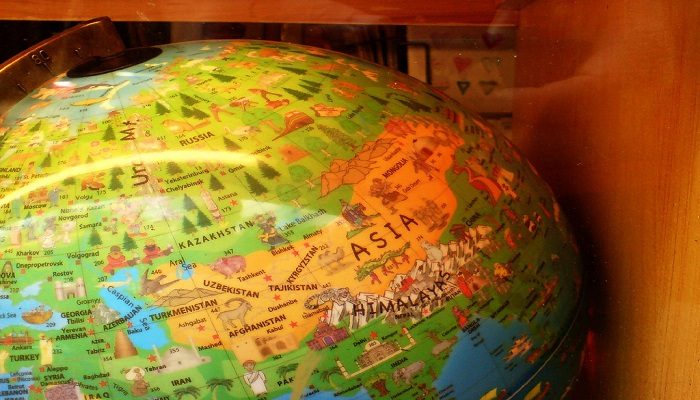
The China-Pakistan Axis: Asia’s New Geopolitics
By: Andrew Small
Hurst Publishers, 2015
This is an interesting, well-researched book on the alliance between China and Pakistan, and is a welcome addition to the existing body of scholarly literature associated with Asian Politics. Small’s research primarily looks at the relationship that China has shared with Pakistan from the fifties right up to the present day and how this has impacted on regional Asian security in the Indo-Pacific region. The book offers a detailed account of the relationship between these two countries and focuses on both the ups and downs of this relationship throughout the Cold War. It is a very topical book indeed, considering the fact that China has been in the news a lot recently because of its economic rise, and Pakistan has received a lot of attention by the western media primarily for security reasons.
The relationship between China and Pakistan has not really been explored by academics working on Asian security, and this piece of research offers a detailed, balanced account of this strategic partnership. Although the book specifically focuses on the Pakistani-Chinese relationship, it sets this within the framework of both a regional context as well as a global context. It sets the Sino-Pakistani alliance in a regional context by looking at the repercussions that this relationship might have on neighbouring countries like India and Afghanistan. For instance, there are discussions about what this relationship could mean for Indian Kashmir, a contested region between India, China and Pakistan. Thus, there is quite a bit of analysis of Indian politics and security, and the links that India shares with both Pakistan and China. The author also ties in this strategic partnership with neighbouring Afghanistan, and thus there are detailed discussions in the book about Afghanistan and Afghani politics. The Sino-Pakistani relationship is set within a much broader global context by referring to U.S interests in the Indo-Pacific region and how these have impacted upon one another. This work will be especially useful for students and for those researchers working on the international relations and security issues of the Asia-Pacific region. Small also offers a detailed discussion on Islamist groups and the transnational connections that these groups share with one another. There are sections in the book on the Taliban and the East Turkestan Islamic Movement (ETIM), which is an Islamist group from China’s far north western province of Xinjiang.
Small also offers an insight into domestic Pakistani politics and talks about the Pakistani military and the Inter-Services Intelligence (ISI). Not only is the book useful for students working on the politics and international relations of the Asia Pacific, but it will also be helpful for those who have an interest in South Asia and sub continental politics and security. For instance, the first few sections give us a detailed account of the 1962 Sino-Indian War, and the Indo-Pakistani wars of 1965 and 1971. The first half of the book ties in India with Pakistan and China, while the second half has more of a focus on Afghanistan and its links with China and Pakistan. Small argues that ‘China has been Pakistan’s diplomatic protector, its chief arms supplier and its call of last resort when every other supposed friend has left it in the lurch’ (p.2).
The book offers a lot of information on contemporary Pakistani history and the links that Islamabad has shared with Beijing and the book analyses how this link has impacted on Pakistan’s domestic politics. The author also argues that the relationship between China and Pakistan has most certainly been a resilient one since it has had to go through a phase of tempestuous developments including China’s transition from a socialist economy to a free market economy, the rise of Islamic radicalism in the Afghanistan-Pakistan region (AFPAK), and the shifting relationships that both countries have had with India and the United States. One reason for China to bolster its relationship with Pakistan was to check the rise of India, a country which China regards as a potential threat. Pakistan, a country which has almost been at war with itself since 1947, see the Chinese as a way out of instability because of the economic support that Pakistan gets from China. This support is especially vital after the NATO forces completely withdraw from the AFPAK region.
The book will also be useful for students working on Chinese politics particularly those who have an interest in China’s ethnic minority provinces like Xinjiang, also known as the Xinjiang Uyghur Autonomous Region (XUAR). Thus, the book looks at a very volatile region, giving us a fresh insight into Chinese, Indian, Pakistani and Afghani politics and key security issues. Finally, the book takes an analytical approach whilst discussing the fragile state of security in South Central Asia.